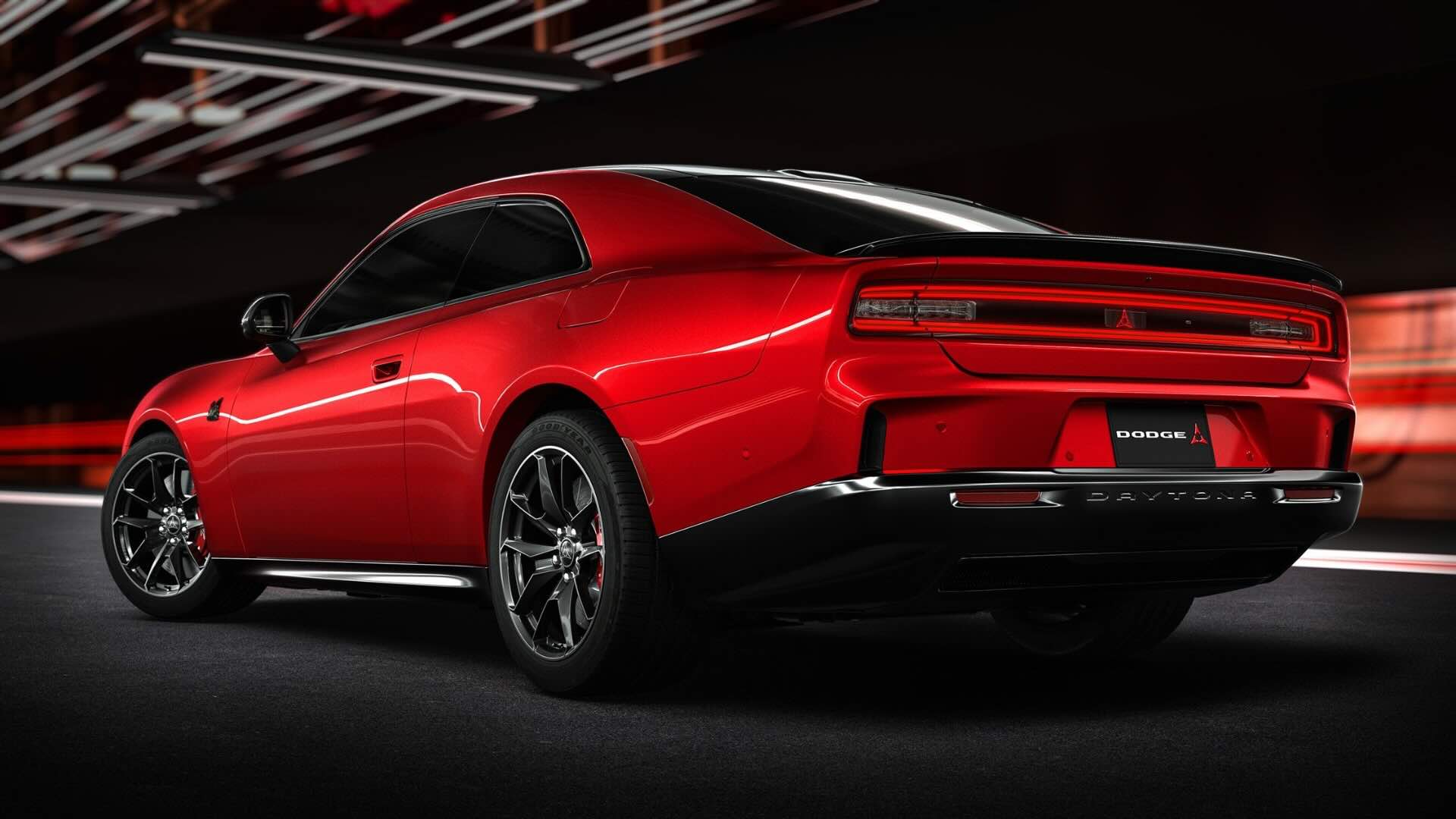As EVs are becoming more popular, battery safety still remains the top concern. The automakers are exploring new ideas for increasing battery safety to reduce the dangers associated with overheating and likely fires. To address the danger of thermal runaway—a condition in which overheating batteries emit flammable vapors that may ignite and ignite fires- Stellantis, the parent company of Dodge, Ram, and Jeep, has taken an innovative path by applying for a patent application for an EV exhaust system.
In the past, exhaust systems have been confined to internal combustion engine (ICE) vehicles, which serve to remove fuel combustion waste products. But Stellantis thinks a system amongst EVs, such as exhaust, could aid in preventing or abating the task of battery fires.

A system has been developed by the automaker to identify thermal runaway events, etc., and expel hazardous gas before it can ignite and, according to a patent application disclosed to the United States Patent and Trademark Office (USPTO) 16 January 2024. This development matches up with growing industry worries over EV safety, especially with regard to Li-ion battery fires, which are tough to put out and can lead to chunks of damage or personal harm.
How the System Works
When an EV battery undergoes thermal runaway, it produces hugely high heat, and it emits flammable gases, including hydrogen, methane, ethane, ethylene, acetylene, propane, cyclopropane, and butane. Until these gases are contained, if they are not, there can be an employment opportunity to burn and enhance the possibility of a full firebreak.
Stellantis’s exhaust system is conceptualized to void these gases away from the battery pack, handling them through multiple treatment zones. The manufacturer explains a process similar to a catalytic converter by which chemical reactions would either neutralize or significantly decrease the number of smelly, noxious compounds coming out of the atmosphere. This method may help protect fires, reduce damage to the car, and also save the lives of first responders.
Stellantis has been building four modular STLA platforms that can power internal combustion as well as electric motors. Because this concept is adaptable, it allows for the connection of an exhaust system to EVs, and, hence comes into engineering feasibility.
Interestingly, this isn’t the first time Stellantis has researched exhaust-related innovation for EVs. For example, The Dodge Charger Daytona EV features an artificial exhaust system that replicates a V-8’s sound and feel to simulate the feeling of driving a real muscle car. But the recently trademarked system does a much more essential job – ensuring safety.
Comparisons to Other Safety Innovations
Although EV battery management systems are now designed to prevent overheating in the first place, many manufacturers are still exploring new possibilities for further enhancing the safety measures.
In 2019, Bosch suggested a pyrotechnic solution to cut electrical connections within a battery pack in the event of thermal runaway – and so isolate and contain possible fires. Stellantis’ exhaust system is based on the same idea—a mitigation system rather than a prevention mechanism. Both approaches could also help make EVs safer in the sense that they help make the vehicles safer for drivers and passengers, as well as for people who are not so happy – emergency responders, for example, who might need to deal with battery fires.
The Growing Concern Over EV Fire Risks
In the past, there have been several Eav recalls due to battery issues, especially the batteries that use lithium-ion technology. Although incidents are relatively infrequent, since these batteries have a lot of energy density, the results can be severe.
On the other hand, the fact that the Insurance Institute for Highway Safety (IIHS) stated in 2023 that the greatest safety concern with contemporary EVs is not battery fires but rather their weight. Most EVs are substantially heavier than their petrol-based counterparts, thus increasing the danger of crash damage to other users on the road.
So, if Stellantis’s new exhaust technology is successfully implemented, it will make EVs a lot safer by reducing the possibility of catastrophic fires. Public perception about EVs will also improve a lot, accelerating the EV adaptation at a much faster rate.


















